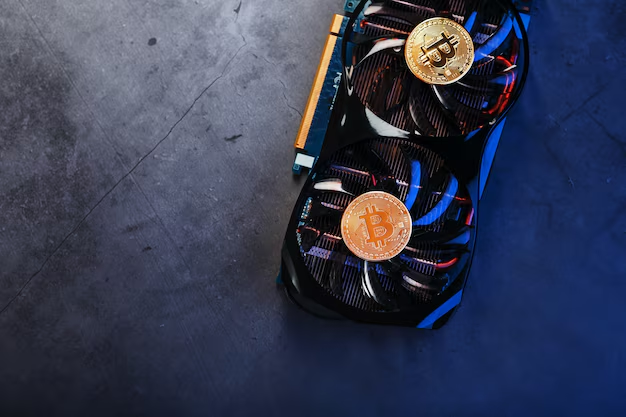Discover the Steps to Mine a Bitcoin Successfully
In recent years, Bitcoin has become a household name, not just as a form of currency but as a technological phenomenon. The concept of mining Bitcoin might sound complex, but it’s worth understanding for those intrigued by technological advancements and financial opportunities. Whether you're looking to dive into the world of cryptocurrencies or just curious about the process, here’s a comprehensive look at how to mine a Bitcoin.
Understanding Bitcoin Mining
Bitcoin mining involves solving complex mathematical puzzles that validate transactions on the Bitcoin network. This process is critical for the maintenance and development of the blockchain ledger. Miners use powerful computers to solve these problems, and the first to successfully complete a puzzle is rewarded with Bitcoin. However, the challenges of Bitcoin mining and its increasing difficulty require careful consideration before diving in.
What You'll Need to Get Started
Mining Bitcoin isn't as simple as it sounds. Here’s what you’ll need:
- Hardware: The backbone of Bitcoin mining is a high-performance computer with a powerful Graphics Processing Unit (GPU) or, even better, an Application-Specific Integrated Circuit (ASIC) miner, designed specifically for mining Bitcoin.
- Internet Connection: A stable, continuous connection is essential, as mining requires constant access to the Bitcoin network.
- Software: You’ll need mining software to connect your hardware to the network. There are many options available, so research and choose the one that aligns with your hardware and mining goals.
- Bitcoin Wallet: To store your Bitcoin safely, you’ll need a secure Bitcoin wallet. This could be a hardware wallet or a digital wallet.
- Electricity: Be prepared for high electricity consumption, as running mining hardware is energy-intensive.
Steps to Start Mining Bitcoin
Choose Your Hardware and Software: Invest in a reliable ASIC miner and select compatible mining software. Popular choices include CGMiner, EasyMiner, and BFGMiner.
Set Up Your Rig: Install your mining software, connect it to your mining hardware, and configure the settings as per the guidelines provided by the software.
Join a Mining Pool: Due to the increasing complexity of mining, solo mining is less feasible. Joining a mining pool, where resources and rewards are shared, increases your chances of success. Pools like Slush Pool and Antpool are well-known options.
Start Mining: Launch your mining software and watch your progress. Patience is key here, as mining can take time before yielding rewards.
Monitor Performance: Keep track of the hardware and software performance, watch electricity usage, and stay updated with any new trends or necessary upgrades in the hardware and software.
Considerations Beyond Mining
While mining can be enticing, bear in mind its high costs and environmental impacts. This financial venture is not for the faint-hearted or those without adequate resources. If mining seems daunting or unsustainable, consider exploring other financial options.
Financial Alternatives:
- Government aid programs can help alleviate financial pressures for individuals with less disposable income.
- Debt relief options and consolidated credit card solutions can be lifesavers, providing stability through structured payment plans.
- Educational grants offer a pathway to gain relevant skills, especially if the tech industry piques your interest.
🔍 Explore Financial and Educational Opportunities:
- 💰 Government Aid Programs: Unemployment benefits, food assistance, housing subsidies
- 💳 Credit Solutions: Debt consolidation, low-interest credit cards
- 📚 Educational Grants: Scholarships, skill development courses in blockchain technology
Mining Bitcoin can open doors to a tech-savvy future, but it also requires substantial investment and persistence. Whether you decide to mine or explore alternative financial and educational resources, the journey towards prosperity and knowledge is always worthwhile.
